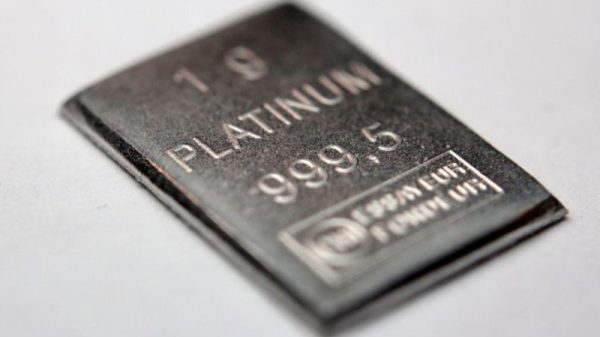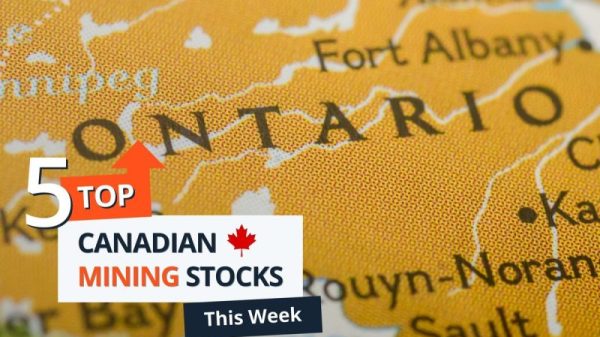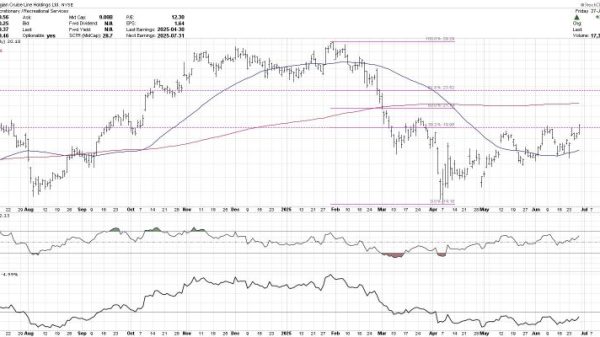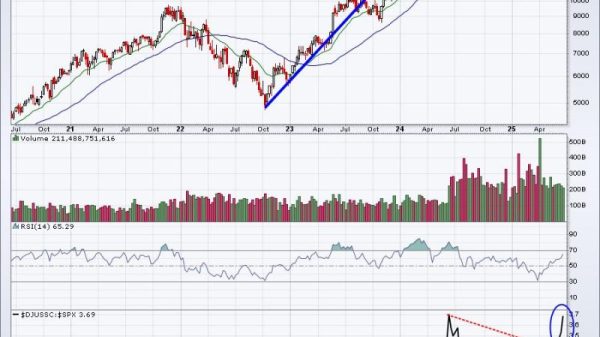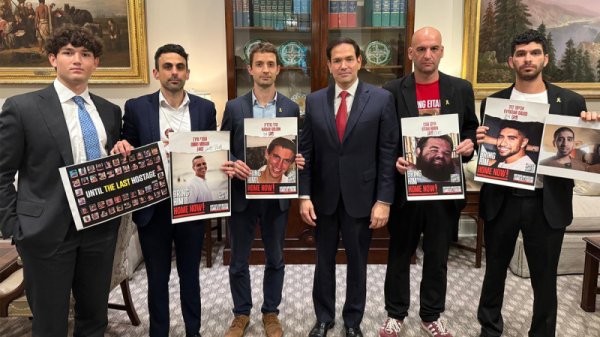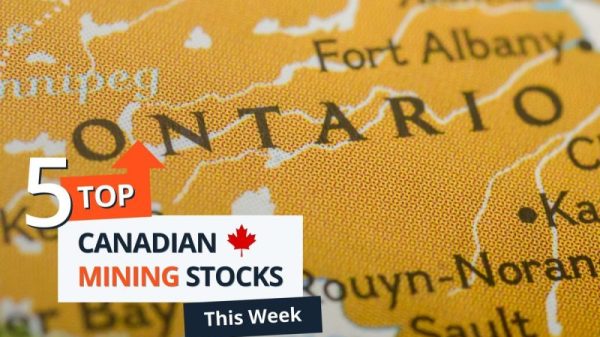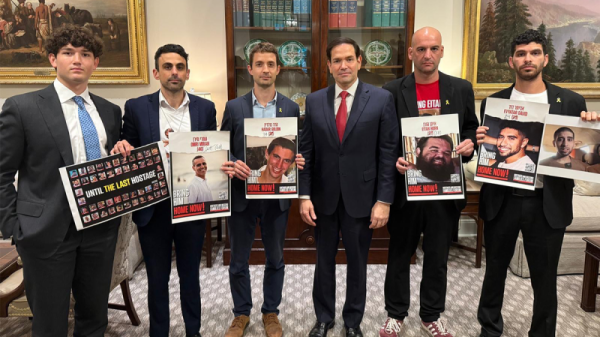Mary Cleave, the NASA astronaut who in 1989 became the first woman to fly on a space shuttle mission after the Challenger disaster, has died at the age of 76, the space agency announced on Wednesday.
NASA did not give a cause of death.
“I’m sad we’ve lost trail blazer Dr. Mary Cleave, shuttle astronaut, veteran of two spaceflights, and first woman to lead the Science Mission Directorate as associate administrator,” said NASA Associate Administrator Bob Cabana in a statement. “Mary was a force of nature with a passion for science, exploration, and caring for our home planet. She will be missed.”
Cleave — who died Monday, according to the statement — was a native of Great Neck, New York. She studied biological sciences at Colorado State University before going on to earn her master’s in microbial ecology and a doctorate in civil and environmental engineering from Utah State University.
From air to space
She told NASA’s Oral History Project in 2002 that she was enamored with flying airplanes growing up, and she earned her pilot’s license before her driver’s license. At one point, Cleave said, she had wanted to be a flight attendant, but found that at 5-foot-2, she was too short for the role under airline rules at the time.
Cleave noted that affirmative action helped pave the way for her passions, allowing her the opportunity to fly supersonic jets known as T-38s.
“For me, space flight was great, but it was gravy on top of getting to fly in great airplanes,” she told NASA.
Cleave said she had been working at a research lab and finishing her doctoral studies in Utah when she saw an ad at a local post office stating that NASA was searching for scientists to join the astronaut corps. She applied and was selected in 1980.
Getting to orbit
On her first mission, flying on NASA’s Space Shuttle Atlantis in 1985, Cleave became the 10th woman to travel into space. On the mission, she served as a flight engineer and helped operate the shuttle’s robotic arm.
“It seemed like they assigned women to fly the arm (Shuttle Remote Manipulator System (SRMS) or Canadarm) more often than guys, and the rumor on the street was because they thought women did that better,” Cleave said in her 2002 NASA interview, noting that she never confirmed the rumor.
Cleave’s second flight in 1989, STS-30, also on Atlantis, came after NASA had reverted to flying all-male crews for three missions in the wake of the Challenger explosion in 1986, which killed all seven crew members on board, including the first teacher to be selected to fly to space.
Cleave was known to downplay the “firsts” she marked as a female astronaut during her time at NASA, saying, “People tried to make a point of it, and I just let everybody know that I didn’t think that anybody should be making a special point out of this.
“It was just a normal part of the thing, and I just didn’t think it was good to make anything special out of it, because at that point we really were part of the corps,” she added, noting that she was close friends with astronaut Judith Resnick, who died on Challenger.
Women in space
Cleave emphasized that to women on the corps at that time, the focus was always on their jobs.
She was also part of a historic first when she served on NASA mission control’s CapCom — or capsule communication system — as Sally Ride became the first woman ever to travel to space on the STS-7 mission in 1983. When Cleave spoke to Ride in orbit, it became the first female-to-female space communication in the agency’s history. Neither Cleave nor Ride acknowledged the milestone during their conversation.
“I didn’t even notice it. Here’s Sally and I, we didn’t even notice it,” Cleave said, though a reporter did ask her about the event afterward.
Over the course of her two shuttle missions, Cleave spent more than 10 days in orbit.
NASA and beyond
She was assigned to another flight after STS-30. But Cleave said she began to have a change of heart as she waited to fly, spending four years on the ground between her first and second mission. During that time she became increasingly concerned about environmental issues.
Cleave said she could see the planet changing as she stared back at Earth from space. “The air looked dirtier, less trees, more roads, all those things,” she told NASA’s Oral History Project.
“I just couldn’t get that excited about what I was doing, because it wasn’t related to (the environment),” she added, referring to her job as an astronaut.
Cleave said she made the difficult decision to move on from the corps and NASA’s astronaut hub in Houston, taking a role at Goddard Space Flight Center in Maryland in 1991. There, she worked on a project called SeaWiFS, an ocean-monitoring sensor that measured global vegetation, according to NASA.
Cleave eventually moved to work at NASA’s headquarters in Washington, DC, in 2000, going on to become the first woman ever to hold the title of associate administrator for NASA’s Science Mission Directorate — the top role overseeing the space agency’s research programs. In that role, Cleave “guided an array of research and scientific exploration programs for planet Earth, space weather, the solar system, and the universe,” according to NASA.
She retired from NASA in 2007, choosing to engage in volunteer work and encourage young women to join scientific pursuits, according to her bio on the Maryland government’s website.

